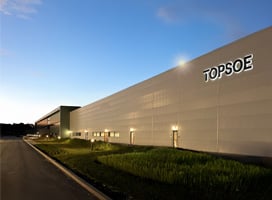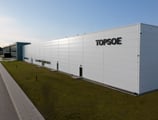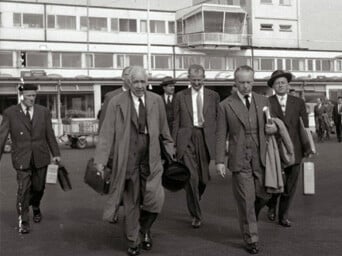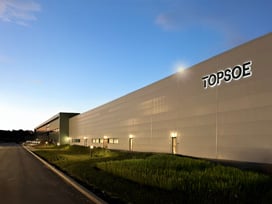Today, operational efficiency and the production of robust yields of cleaner fuels from difficult-to-process feedstocks are essential to plant profitability.
Topsoe’s HydroTech™ hydrotreating processes can help you achieve these goals and meet the growing demand for high quality products. Thanks to our innovative technologies and comprehensive portfolio of catalysts, we can match the best catalysts with HydroTech™, our innovative hydroprocessing technologies, to ensure you meet your business objectives.
You can leverage our expertise in hydroprocessing to help you design hydrotreating units tailored to the type of feedstock you use and your product and capacity targets. Combined with our top-performing catalysts we will help you optimize investment and operating costs as well as energy consumption.
.png)









![SAF Airplane runway[1]-1 1](https://www.topsoe.com/hs-fs/hubfs/SAF%20Airplane%20runway%5B1%5D-1%201.png?width=800&height=640&name=SAF%20Airplane%20runway%5B1%5D-1%201.png)





